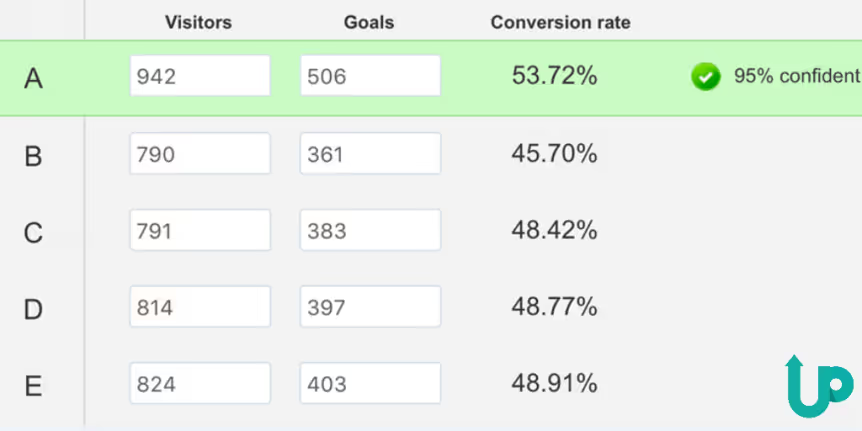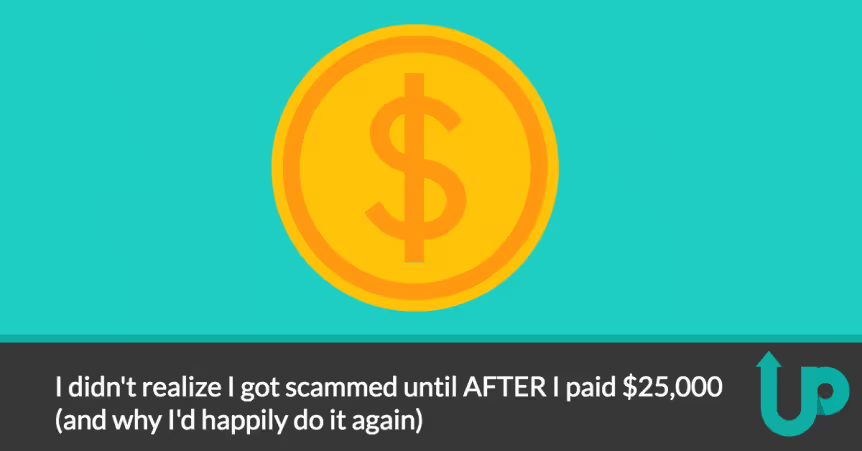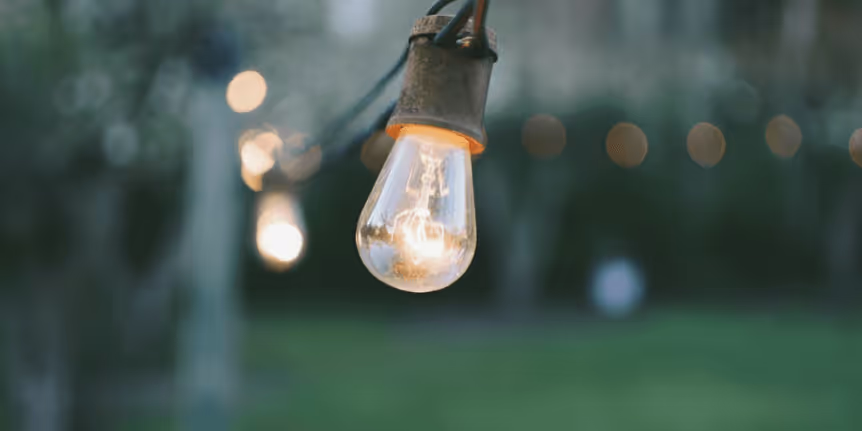In episode #15 Wilco talks about on how to get more than 50% conversion rate on your opt-in pages.
Links
Hey, it's me Wilco de Kreij here, and I'm happy that you're tuning in today because I think I got some pretty awesome stuff for you prepared. If you want to convert more traffic into leads and customers. Right now it's Thursday, while I'm recording it. It's Thursday, so I've got one day left before my trip. On Saturday I'm flying out to Ecuador, which is pretty much the other side of the world for me. It's a 12 hour flight. Me and my wife are going to travel around, we're going to Ecuador as well as the Galapagos Islands to dive and see the turtles and whatnot.
As you can imagine, especially with a business like this ... Right now we have 15, 16 people or so in the business. It's not easy to go offline. It's not easy at all actually, and when I say offline I literally mean offline. For the first week or so, the first four or five days we're going into the jungle, and there is no electricity there. There is no nothing. There's just ... Complete detox from all the online stuff. Which, to be honest, scares the heck out of me. I'm just a bit of a control freak and I'm so used to be continuously online. Every single day of the week I'm online, so it's actually a good thing. I really don't want to, but at the same time I know that once I'm going to be offline for a while it's going to be a good thing. It's good to take a step back and look at the grand scheme of things, to work on strategy and move forward.
Today, what I want to talk about is your conversion rate or pretty much how to get 56% or 55% conversion rates on your opt-in pages. I remember when I saw other marketers in the past, when I was still starting out, I saw other marketers post statistics on Facebook or on Twitter or wherever, they were talking about their results. That they had opt-in pages converting at 55 or 60% and those kind of numbers. I always thought, Wow, that's like ... That seems like impossible, or maybe just with a small volume." So I was like, "How can you get 50 or 60% conversion rates for your opt-in page?" To me, I knew it was possible because I saw how all these other people talk about it, but I just wasn't able to do it.
Fast forward a couple of years. Obviously, I learnt a lot, and I want to share my experience with that, because originally I posted on Facebook one of the results of one of our funnels, one of our opt-in pages. On that opt-in page I actually convert ... I think it was about 54%, 55% of all traffic entered an email address. Which I think is pretty sweet. Obviously, that didn't happen overnight, so on this podcast I want to give you the backstory of how that's happening.
Obviously, if I would be able to create an opt-in page that would convert that good right away then I'm a magician or I'm very lucky. Usually it's not like that. There has to be a certain formula in place or certain things that you need to do. What I did, and it's basically what I do for every single opt-in page that we create if we're planning to drive a lot of traffic to it, is often you would start split testing. That shouldn't be a surprise, but most people, they just do one split test and that's it, or they don't really know what to split test.
Now, in this example what I did was ... First of all, I created five different layouts, completely different layouts, and the reason why I did that ... Normally that wouldn't be my first step, but I just wasn't sure whether the layout was any good, in the actual design of the page. I created five different pages, and every single page had the exact same copy. The exact same text, just the design was different. I created five, because I just wanted to have some good numbers and we have a decent amount of traffic to go through. If you don't have that much traffic, I recommend to just go for two or three, because the more options you add the more difficult it's going to be before you have any significant results.
First round is we split tested the design. After we got some traffic coming to the door, we then knew which design was converting best. All right, sure, awesome. What most people do, they do a split test and that's pretty much it. That's not where you should stop. Second test, based on the winning design we then create five different ones, all with the same design but this time just a different title. I just wanted to test out which title actually worked best. Which was the main headline on top of the page.
Because of that we had five completely different ones. We try not to go for similar ones, we really try to go for big differences, a different kind of hook. If you just change a few words, the difference is not going to be that big. You want to test out completely different hooks of how you could describe what you are offering, to see what works. Once you know which hook works best, then later on you can start tweaking the actual title and see if you can get it to convert even higher.
Like I said, we split tested five different designs, then we split tested five different headlines, and from that test we actually got 54%, 55%-ish conversion rate. Obviously, we don't stop there, so right now I'm setting up a new split test based on the winner of those two tests. Now I'm actually deciding what factor I think will the biggest influence from the page, because that's usually what I do. I look at the page, and I think which factor is going to be the biggest influence. Where can I have the biggest gain or the biggest win. Right now I'm looking at and considering to change the opt-in button. The button that people actually click before they opt-in. I will be probably creating three or four different variations. I will continuously be split-testing it.
Now obviously it's not just your split test. A page only converts well if you're getting the right kind of traffic. In this case we're driving Facebook ads to this page. What's really important with this, is that wherever your traffic is coming from, there should be synergy between where they're coming from versus where they end up on. For example with Facebook ads, what I always make sure of is that I pretty much use the same wording on the actual ad versus what's on the landing page. If, on your landing page you're going to say, "Hey, download this checklist" for example, then on the opt-in page you're going to say download this Ebook, then some people might think "Hey, wait a second, I was here to download a checklist. Where is that checklist?" So you're going to lose them. You're going to make sure that whatever you're promising them in your Facebook ad, that you're pretty much using almost the identical same text.
If they click on your ad it means that that text that you wrote, the ad copy that you wrote on your Facebook ad, for one reason or another it attracts them. They had the urge to click on that ad based on what they read, so why would you try to change that and then test again whether that other description that you have would also interest them. What you should instead, just use the exact same wording. Of course you can make little tiny tweaks in order for it to make sense, but in general what you should have on your ad on Facebook should be similar as what you have on your opt-in page. So there's one smooth ride from the moment they click on the Facebook ad there should be no thinking. They should be like, "Yeah, I just have to do this and then I'll get whatever I'm promised." They shouldn't ask themselves, "Hey, do I want this?" Because they should make that decision before they click on your Facebook ad and from that point onwards they just need to continue without making it more complex than it should be.
I'm not sure if this helps you, I just want to share this with you, so that I give you a bit of an insight. A lot of people, they see these kinds of numbers like, "Aw, yeah. Awesome conversion rates." And I ask them, "How's it going for you? What do you do?", like "Yeah, I don't really split test."
To me, that doesn't make sense. If you're doing online marketing it's the best thing ever that you can track everything you can. If you were looking for split testing, you don't don't know how to do it, one tool that I really really recommend, I use them a lot, is called Visual Website Optimizer. I use it a lot. If you don't have the budget, you can even use Google Analytics. It's not as user friendly in my experience, but it definitely works as well. Inside of Google Analytics you'll find content experiments. If you search for content experiments you'll find it and it's actually free, which is pretty awesome. To me it didn't seem as accurate as Visual Website Optimizer, but sometimes we even just do it manually. Just keep track of the numbers manually.
We just literally, for every single opt-in page, as well as how many people actually opted in, I just put it into Excel and then based on that I check which one actually wins. It doesn't even have to be super complex. Sometimes the old fashioned way works as well. No matter how you do it, the important thing is that you should do it. If you want to get epic conversion rates, and obviously that doesn't just go for your opt-in page but also for a sales page and whatnot. If you're not running split test then you're wasting traffic.
In fact, right today we're actually firing up new Facebook ads and I'm pretty sure that the initial round of Facebook ads, it's not going to be profitable. The funnel is not that good yet, but I wanted to run it anyway and the sole purpose of that is to gather data. I want to split-test which Facebook ad works best. I want to split-test which opt-in page works best. By the time we get the rest of the funnel done, I already have data to see which opt-in page converts and whatnot. I already have a better understanding of what moves my audience. What triggers my audience to opt-in and to take action and whatnot. Even if it doesn't make me any profit right away I have that data. Never ever run traffic without using it for split testing as well, because that's just as valuable as the actual customer that you're getting as well.
That's what I wanted to share with all of you. Like I said I have one more day left before I start my trip. I'm not sure if I'm going to be able to record more episodes during my trip. If not, I'll get back to all of you by the end of February. For now, I want to wish you all an awesome day. Bye bye.
"What's really important with this, is that wherever your traffic is coming from, there should be synergy between where they're coming from versus where they end up on."
"If you're not running split test, then you're wasting traffic."





.png)